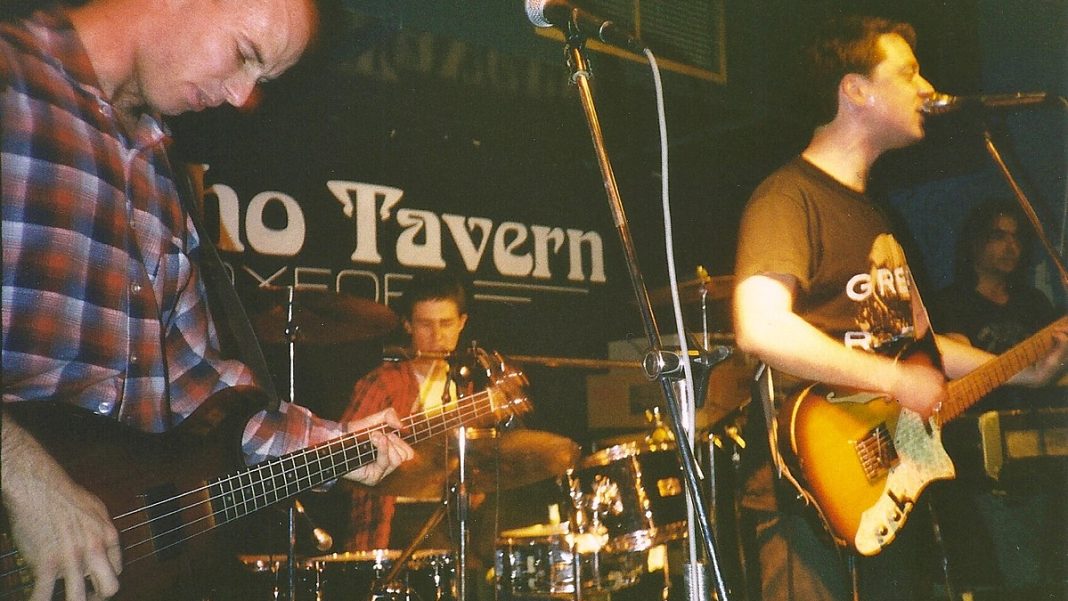Oxford is a city full of firsts – historical, personal, degree class, and musicological. Two of its music venues, separated by about 250 years of history and a walk of less than half an hour, show their pasts and personalities in convenient opposition.
I’d passed that austere, white-faced building with temple-like pediments on Holywell Street dozens of times, and always assumed it was a church. When I first stepped inside Wadham College’s Holywell Music Room, it was only the band playing J-pop where the altar should be that swayed me. With its aforementioned exterior (classical, grand, worshipful), its tiered rows of not-quite pews (absent kneelers) seated around a large clearing, and its organ (likely Dutch, 18th century) against its candid white walls, the space doesn’t do much to distinguish itself as a music venue built for the purpose – Europe’s very first, in fact.
Holywell Music Room’s construction began in 1742, before its opening in 1748. Its design was by Revd Dr Thomas Camplin, then Vice Principal of St Edmund’s Hall, later Archdeacon of Taunton. Despite being the first of its kind in the continent, it corporeally echoes its spiritual predecessors. Classical music previously tended to be played publicly in churches, and privately in the homes of the aristocracy. This, alongside its architect’s clerical associations, led Nikolaus Pevsner, 20th century historian of art and architecture, to declare that it “looks exactly like a large Nonconformist chapel”.
An atmosphere of propriety lent by its lengthy history and religious design hangs heavily over the room, along with two chandeliers donated by King George IV that were present at his coronation. While these airs help shush the audience into quiet reverence, it also stifles any response besides polite clapping.
Earlier this year, I watched as Sentacki filled the Music Room with covers of the J-pop musicians Vaundy, Fujii Kaze, and the band King Gnu, among others. Their energy was stunning, playing extended runs of technically skilful yet still playful instrumentals alongside impassioned, smooth vocals. I couldn’t help but feel, however, that the soundscape distinctly lacked much of the usual gig noise of excited chatter or singing along. While the latter might have had a language barrier to blame, the former was especially obvious in the near silence that settled between songs, in spite of the lead singer’s stage banter.
The venue seems to intentionally lend itself more to classical performances, where silence from the benches would be more suitable. The band’s infectious joy did manage to win some audience participation towards the end, though, as they turned the mic towards the audience for some repeated vocal fills – a manoeuvre that worked even better at a different venue.
Halfway along Walton Street, the Jericho Tavern sits a 20 minute walk away from the Music Room (unthinkably long in Oxford terms). Despite its relative youth, its history and contribution to wider culture is also significant, having hosted the first live performance of Radiohead (then named On A Friday) in 1986, and the record deal-securing performance of Supergrass in 1994. In fact, I would argue the cultural relevance of their firsts are even greater than Holywell’s. My companion let me know that Radiohead fact before, on our way to, and after a gig there, while literally no one has ever mentioned any of the comparatively abundant trivia about the Music Room.
Here, later on in the same week as their Holywell performance, Sentacki’s energy and noise was much more reciprocated by the crowd. This time, the shout of “Nan-Nan” they asked for during a cover of Fujii Kaze’s similarly titled song was picked up eagerly and without embarrassment by the crowd, comfortable in the pit.
The first floor music venue is quite intimate. Its dark blue walls and length in comparison to its thinness leave the raised stage floating as a lone hypnotic light at the end of a long tunnel. The bar at the back acts much the same if you turn around.
On the ground floor, the Jericho doesn’t forget it’s a pub. The large bar, pool table, and beer garden keep it humble despite the echoes of legends from upstairs. A plaque epitomises the fundamental differences in vibe. It boasts of hosting Supergrass and hangs indoors now after an attempted theft in 2019. The item speaks to the Jericho’s past both as a venue and as a place. The Jericho proudly embraces its history and character; the plain Holywell Music Room seems to politely decline showing much of either, despite an abundance of both.
These are just two almost arbitrarily chosen places in Oxford. Every building in the ancient city holds such a wealth of history and spirit. What many of them lack, however, is the emotional catalyst of live performance. Musicians on stage make the building resonate with the music’s emotion through the vibrations of their playing and the audience’s synchronised movements. This driver helps link physicality with feeling, building relationships between people and places, and shaping this raw history into character.


